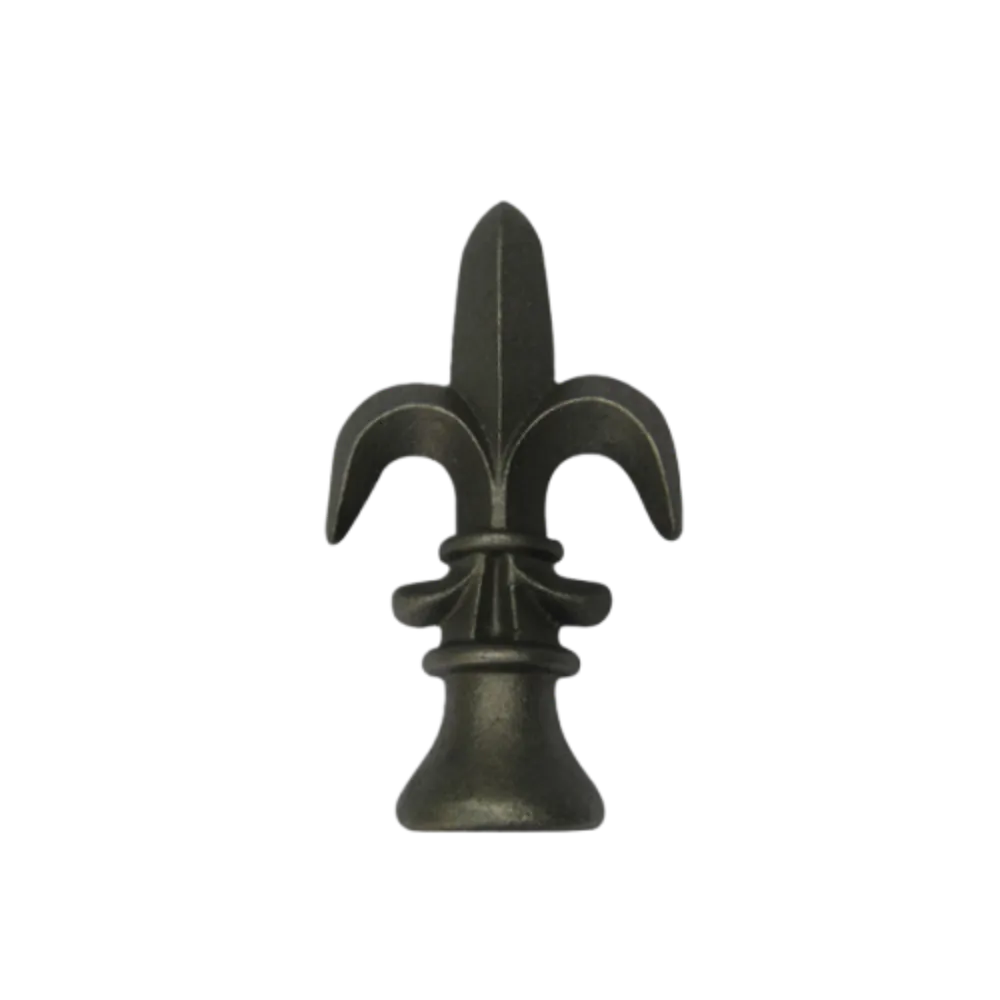Durable Cast Iron Base for Reliable Performance in Various Applications
The Significance of Cast Iron Base in Modern Applications
Cast iron has been a foundational material in various industries since its inception in ancient times. Its unique properties, such as high wear resistance, excellent machinability, and excellent castability, have led to its widespread use, particularly in creating durable bases for a range of applications. This article explores the significance of cast iron bases, their advantages, and their applications in contemporary settings.
What is Cast Iron?
Cast iron is an alloy of iron, carbon, and silicon, known for its excellent casting capabilities. Traditionally, cast iron is produced by melting iron and adding carbon, which gives it its distinct properties. The typical carbon content in cast iron ranges from 2% to 4%, allowing it to achieve high strength while remaining relatively easy to mold into different shapes. Its ability to withstand high temperatures and its resistance to deform under pressure make it an ideal candidate for various applications, particularly in manufacturing bases.
Advantages of Cast Iron Bases
1. Durability One of the primary advantages of cast iron is its durability. Cast iron bases are built to last, capable of enduring considerable weight and stress without warping or breaking. This makes them ideal for heavy-duty applications such as machinery supports and foundations.
2. Stability Cast iron has excellent dimensional stability, meaning that it maintains its shape even under challenging conditions. This property is particularly important in manufacturing settings where precision is paramount.
3. Vibration Damping Cast iron bases exhibit excellent vibration damping properties. This characteristic is invaluable in environments where heavy machinery operates, as it helps reduce vibrations that can lead to equipment wear and tear or misalignment.
4. Corrosion Resistance While not completely unaffected by environmental factors, cast iron offers a good resistance to wear and corrosion, especially when coated properly. This makes it suitable for outdoor applications or environments exposed to moisture.
cast iron base

5. Cost-Effectiveness Cast iron bases are generally more cost-effective than those made from other materials like stainless steel or aluminum. This is particularly important for industries that require large volumes of bases without compromising on quality.
Applications of Cast Iron Bases
1. Machinery and Equipment One of the most significant applications of cast iron bases is in machinery and equipment. For example, CNC machines, milling machines, and lathes often feature cast iron bases due to their ability to provide a stable platform for precision work.
2. Furniture and Fixtures Cast iron bases are also prevalent in the furniture industry, particularly for tables and chairs. Their weight provides excellent stability, while their aesthetic versatility caters to a wide range of design styles.
3. Automotive Industry Cast iron is frequently used in the automotive sector for engine blocks, transmission cases, and various structural components due to its strength and ability to withstand extreme conditions.
4. Pipelines and Infrastructure In infrastructure projects, cast iron bases are employed in the support structures for pipelines, sewer systems, and bridges, where longevity and durability are critical.
5. Art and Sculpture Beyond functional applications, cast iron is used in artistic endeavors, including sculptures and decorative pieces. Its moldability and ability to retain detail allow artists to create intricate designs that can stand the test of time.
Conclusion
In conclusion, cast iron bases serve an invaluable role in numerous modern applications due to their unique properties and advantages. Their durability, stability, and cost-effectiveness make them a material of choice for industries ranging from manufacturing to automotive and even art. As we continue to innovate and push the limits of engineering, the cast iron base will undoubtedly remain a cornerstone of industrial design and functionality, proving that traditional materials still have a vital place in the modern world.
-
Wrought Iron Components: Timeless Elegance and Structural StrengthNewsJul.28,2025
-
Window Hardware Essentials: Rollers, Handles, and Locking SolutionsNewsJul.28,2025
-
Small Agricultural Processing Machines: Corn Threshers, Cassava Chippers, Grain Peelers & Chaff CuttersNewsJul.28,2025
-
Sliding Rollers: Smooth, Silent, and Built to LastNewsJul.28,2025
-
Cast Iron Stoves: Timeless Heating with Modern EfficiencyNewsJul.28,2025
-
Cast Iron Pipe and Fitting: Durable, Fire-Resistant Solutions for Plumbing and DrainageNewsJul.28,2025
-
 Wrought Iron Components: Timeless Elegance and Structural StrengthJul-28-2025Wrought Iron Components: Timeless Elegance and Structural Strength
Wrought Iron Components: Timeless Elegance and Structural StrengthJul-28-2025Wrought Iron Components: Timeless Elegance and Structural Strength -
 Window Hardware Essentials: Rollers, Handles, and Locking SolutionsJul-28-2025Window Hardware Essentials: Rollers, Handles, and Locking Solutions
Window Hardware Essentials: Rollers, Handles, and Locking SolutionsJul-28-2025Window Hardware Essentials: Rollers, Handles, and Locking Solutions -
 Small Agricultural Processing Machines: Corn Threshers, Cassava Chippers, Grain Peelers & Chaff CuttersJul-28-2025Small Agricultural Processing Machines: Corn Threshers, Cassava Chippers, Grain Peelers & Chaff Cutters
Small Agricultural Processing Machines: Corn Threshers, Cassava Chippers, Grain Peelers & Chaff CuttersJul-28-2025Small Agricultural Processing Machines: Corn Threshers, Cassava Chippers, Grain Peelers & Chaff Cutters












